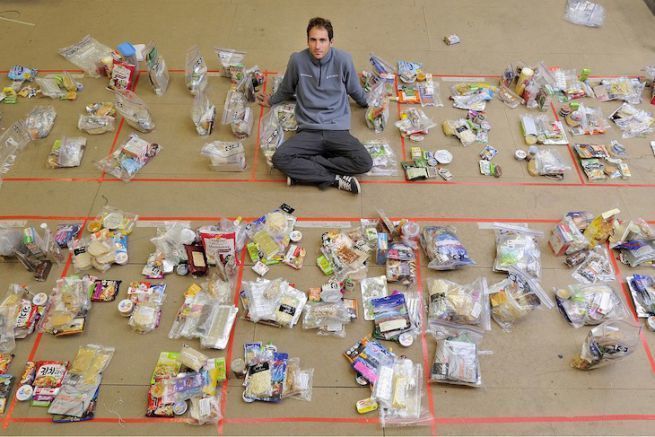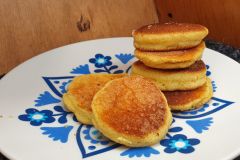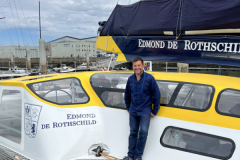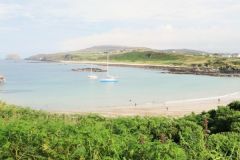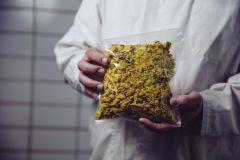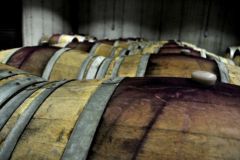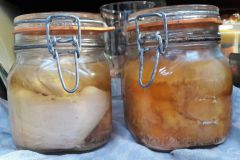When racing, professional sailors don't have time to cook good meals. Their meals are therefore essentially made up of ready-made meals, quick to prepare, high in calories and above all with a very long shelf life. There are two main families of ready meals on the market: freeze-dried and canned. Their manufacture differs .
A question of weight and material
The choice of food depends on several criteria and the constraints of each one. To prepare freeze-dried food, it must be rehydrated with water. It is therefore necessary to have on board a desalinator to transform sea water into fresh water or extra bottles of water dedicated to the preparation of the meal.
"For example, for Michel Desjoyeaux, we selected dishes without salt, which allowed him to rehydrate his food with sea water. In this way, he used less watermaker, and therefore embarked less fuel, to have a lighter boat. Food is also a story of strategy", explains Ariane Pehrson, founder of the company Lyophilise & Co.
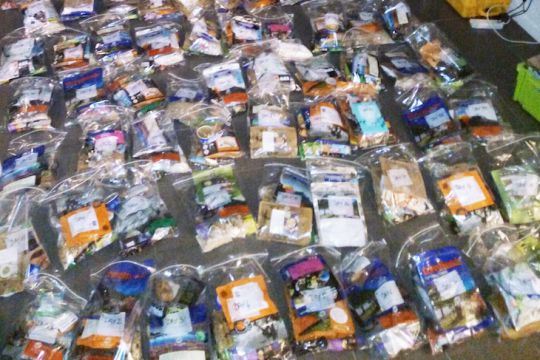
For the appertized food, there is no need for water since it is enough to heat the bag in a water bath or with a self-heating system. You need to have a stove or a way to heat up your dish.
"The choice of food depends on the boats and the races. The Figaro racers go back to freeze-dried food because the stages are short. In the Mini 6.50, there is no desalination. On the RORC circuit, each boat manages its provisioning", explains Ariane.
"We sell more freeze-dried, because it's lighter. Sailors often have weight constraints because the boat has to be as light as possible. For a dish of the same quantity, the freeze-dried weighs 100 g against 400 g for the appertized", she adds.
A question of morale
But it's not all about weight. Indeed, the morale in a race is important and what better than a good meal to give you a boost? On the big races, the sailors prefer to eat appertised food rather than freeze-dried food.
" In the Vendée Globe, for example, you sail solo for a long time and keeping your spirits up is important. Sailors usually split their food between appertized and freeze-dried in equal parts."
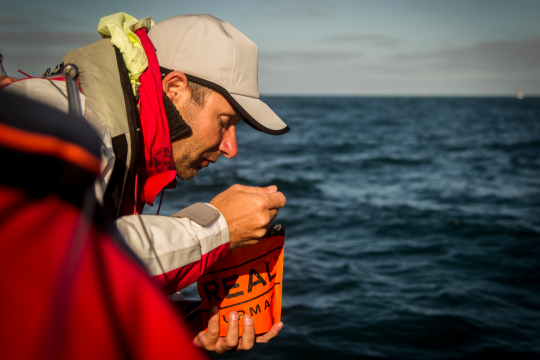
The nutritional and caloric aspect
"We provide a database with all the energy and calorie content of the dishes. It is then the nutritionist of each skipper euros if he has one euros who will make his recommendations. It is up to them to see if they want to follow her advice. It also depends on the period and the sailing area. We will tend to favor caloric dishes in winter and lighter dishes in warmer areas", explains Ariane.
The Volvo Ocean Race case
In 2014, Lyophilise & Co put a foot in the Volvo Ocean Race by taking care of the supply of Dongfeng Race Team. Thanks to the Franco-Chinese team, the Breton company started to reference snacks (dried meat, cereal bars...).
In 2018, she managed the provisioning of the seven crews, 100% freeze-dried. " The Volvo Ocean Race is a special case. We work hand in hand with the organization since the food containers are prepared at the start and are moved to each stage of the race. The food is controlled, we establish health certificates, we are in contact with the veterinary services... This is the case for Hong Kong, Chile or Dubai."
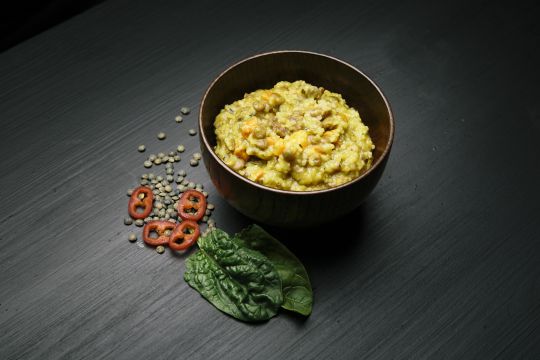
Lyophilise & Co prepares boxes of food for each team with an individual bag for each skipper. This means that not everyone eats the same thing. "While some teams choose dishes based on calories, others do so based on dry weight. For the girls (Editor's note: Team SCA for example in 2014/2015), they were choosing ingredients more with repackaging, based on crew size."

 /
/ 